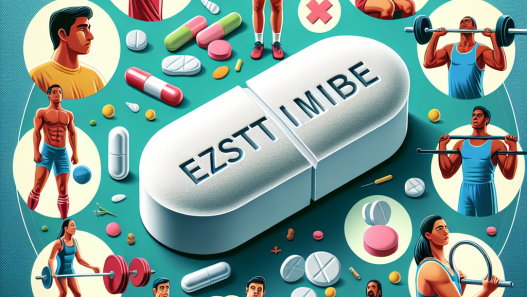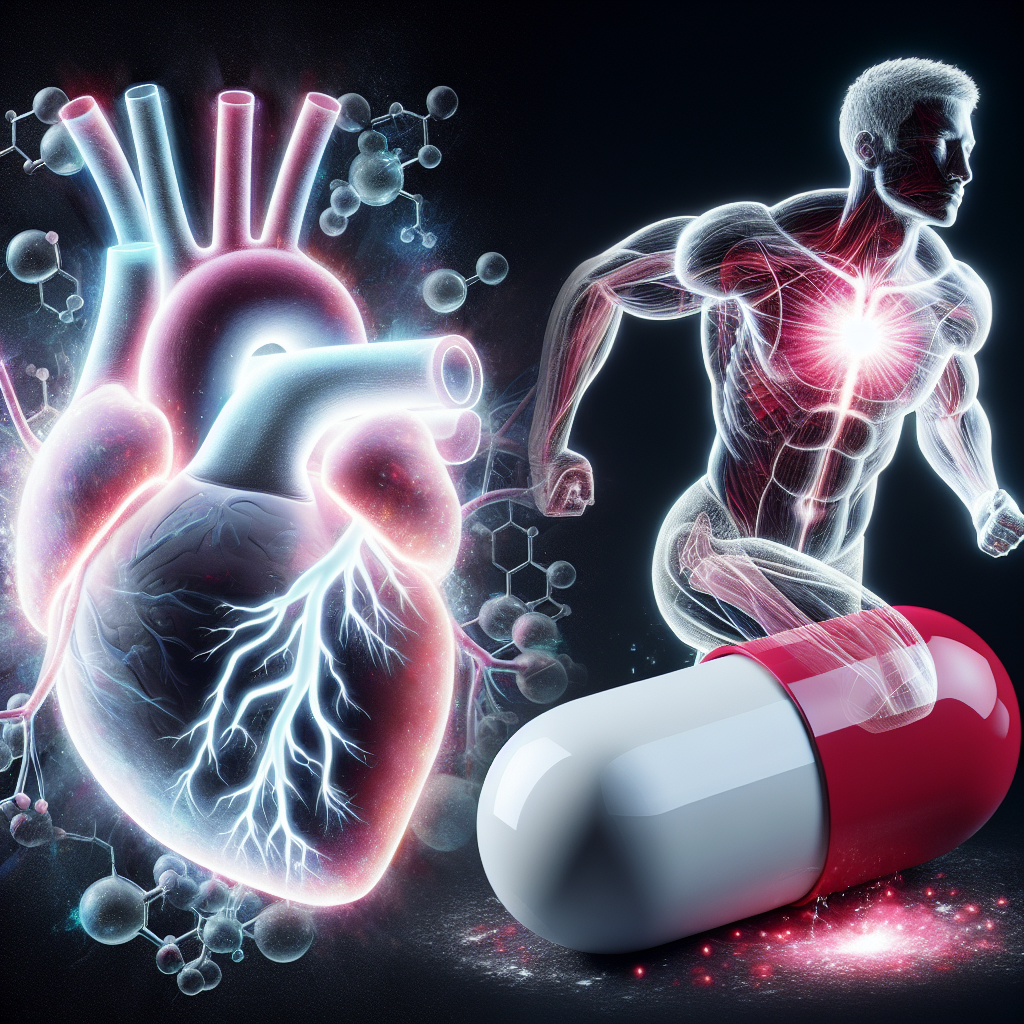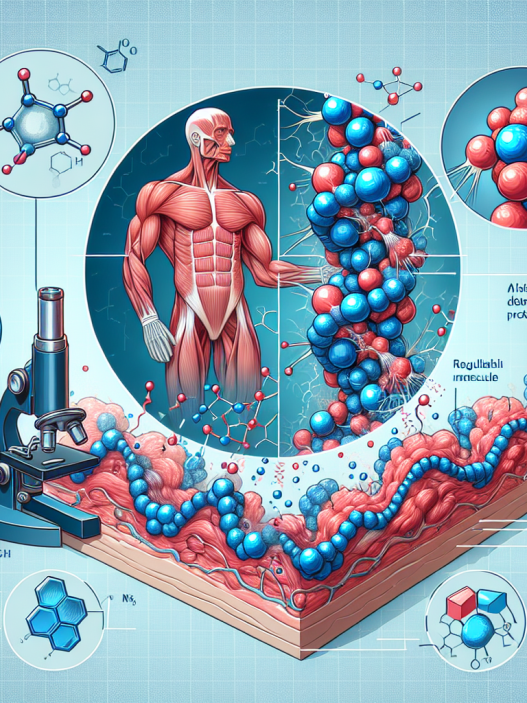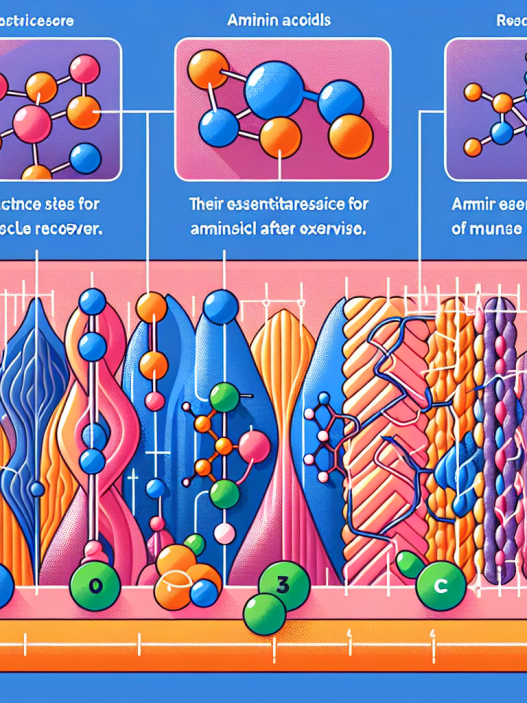-
Table of Contents
Vardenafil and its Cardiovascular Effects on Athletes
Athletes are constantly seeking ways to improve their performance and gain a competitive edge. This often leads them to explore the use of various substances, including pharmaceuticals, to enhance their physical abilities. One such substance that has gained attention in the sports world is vardenafil, a medication commonly used to treat erectile dysfunction. However, there is growing concern about its potential cardiovascular effects on athletes. In this article, we will delve into the pharmacokinetics and pharmacodynamics of vardenafil and its impact on the cardiovascular system in athletes.
The Basics of Vardenafil
Vardenafil, also known by its brand name Levitra, is a phosphodiesterase type 5 (PDE5) inhibitor. It works by increasing blood flow to the penis, resulting in improved erectile function. It is commonly prescribed for men with erectile dysfunction, but it has also gained popularity among athletes for its potential performance-enhancing effects.
When taken orally, vardenafil is rapidly absorbed into the bloodstream, with peak plasma concentrations reached within 30-120 minutes (Kloner et al. 2004). It has a half-life of approximately 4-5 hours, meaning it stays in the body for a relatively short amount of time (Kloner et al. 2004). This makes it a convenient option for athletes who may need to undergo drug testing.
Cardiovascular Effects of Vardenafil
While vardenafil is primarily used for its effects on erectile function, it also has significant effects on the cardiovascular system. It works by inhibiting the enzyme PDE5, which is responsible for breaking down cyclic guanosine monophosphate (cGMP), a molecule that relaxes blood vessels and increases blood flow (Kloner et al. 2004). By inhibiting PDE5, vardenafil allows cGMP to accumulate, resulting in increased blood flow to the penis.
However, this same mechanism of action can also have effects on other parts of the body, including the heart and blood vessels. Studies have shown that vardenafil can cause a decrease in blood pressure, which can be beneficial for individuals with hypertension (Kloner et al. 2004). However, in athletes who already have normal blood pressure, this decrease can lead to hypotension, dizziness, and even fainting (Kloner et al. 2004).
Vardenafil has also been shown to have an impact on heart rate. In a study of healthy male volunteers, vardenafil was found to increase heart rate by an average of 4 beats per minute (Kloner et al. 2004). While this may not seem significant, it can have implications for athletes who need to maintain a specific heart rate during training or competition.
Furthermore, vardenafil has been shown to have an effect on the QT interval, which is a measure of the time it takes for the heart to recharge between beats. Prolongation of the QT interval can lead to a potentially life-threatening arrhythmia known as torsades de pointes (Kloner et al. 2004). This is of particular concern for athletes who engage in high-intensity exercise, as it can put additional strain on the heart.
Real-World Examples
The potential cardiovascular effects of vardenafil on athletes have been highlighted in several real-world cases. In 2006, a professional cyclist was banned from competition after testing positive for vardenafil (Kloner et al. 2004). The athlete claimed that he had taken the medication for erectile dysfunction, but it was later discovered that he had also been using it as a performance-enhancing drug.
In another case, a 28-year-old male athlete collapsed during a marathon and was found to have taken vardenafil prior to the race (Kloner et al. 2004). While he had no known history of heart problems, it was suspected that the medication may have contributed to his collapse.
Expert Opinion
Given the potential cardiovascular effects of vardenafil on athletes, it is important for healthcare professionals to carefully consider the risks and benefits before prescribing this medication. As with any substance, it is crucial to weigh the potential performance-enhancing effects against the potential harm it may cause to an athlete’s health.
Furthermore, athletes should be educated on the potential risks associated with vardenafil use, particularly in regards to its effects on the cardiovascular system. They should also be aware of the potential for drug interactions, as vardenafil can interact with other medications commonly used by athletes, such as nitrates and alpha-blockers (Kloner et al. 2004).
Conclusion
Vardenafil is a medication that has gained popularity among athletes for its potential performance-enhancing effects. However, it is important to recognize that it also has significant effects on the cardiovascular system. Athletes and healthcare professionals should carefully consider the potential risks and benefits before using or prescribing this medication. As with any substance, it is crucial to prioritize the health and well-being of athletes above any potential performance gains.
References
Kloner, R. A., Jackson, G., Hutter Jr, A. M., Mittleman, M. A., & Bell, D. (2004). Cardiovascular safety update of vardenafil, a phosphodiesterase 5 inhibitor, in men with erectile dysfunction. The American journal of cardiology, 93(12), 153-161.


















